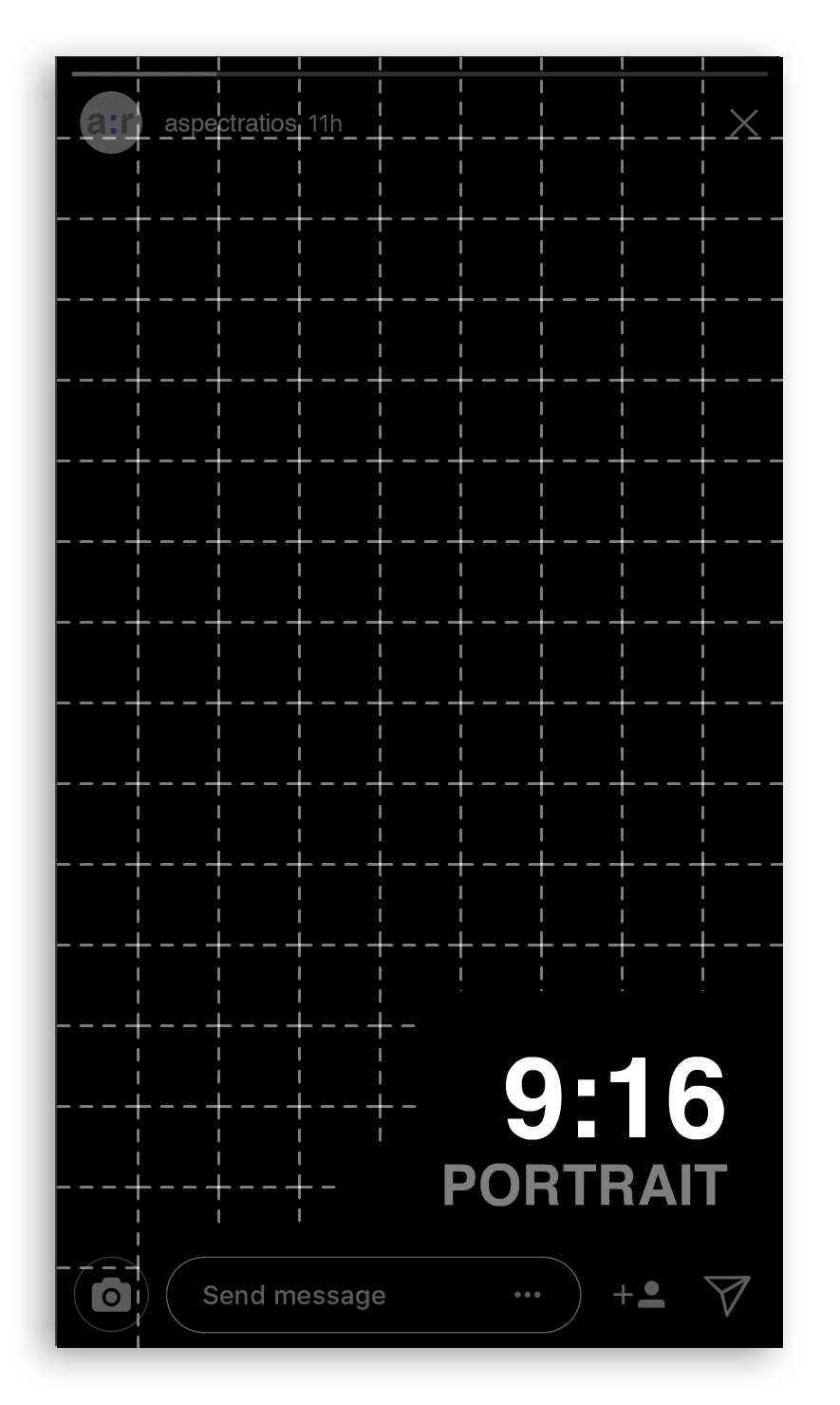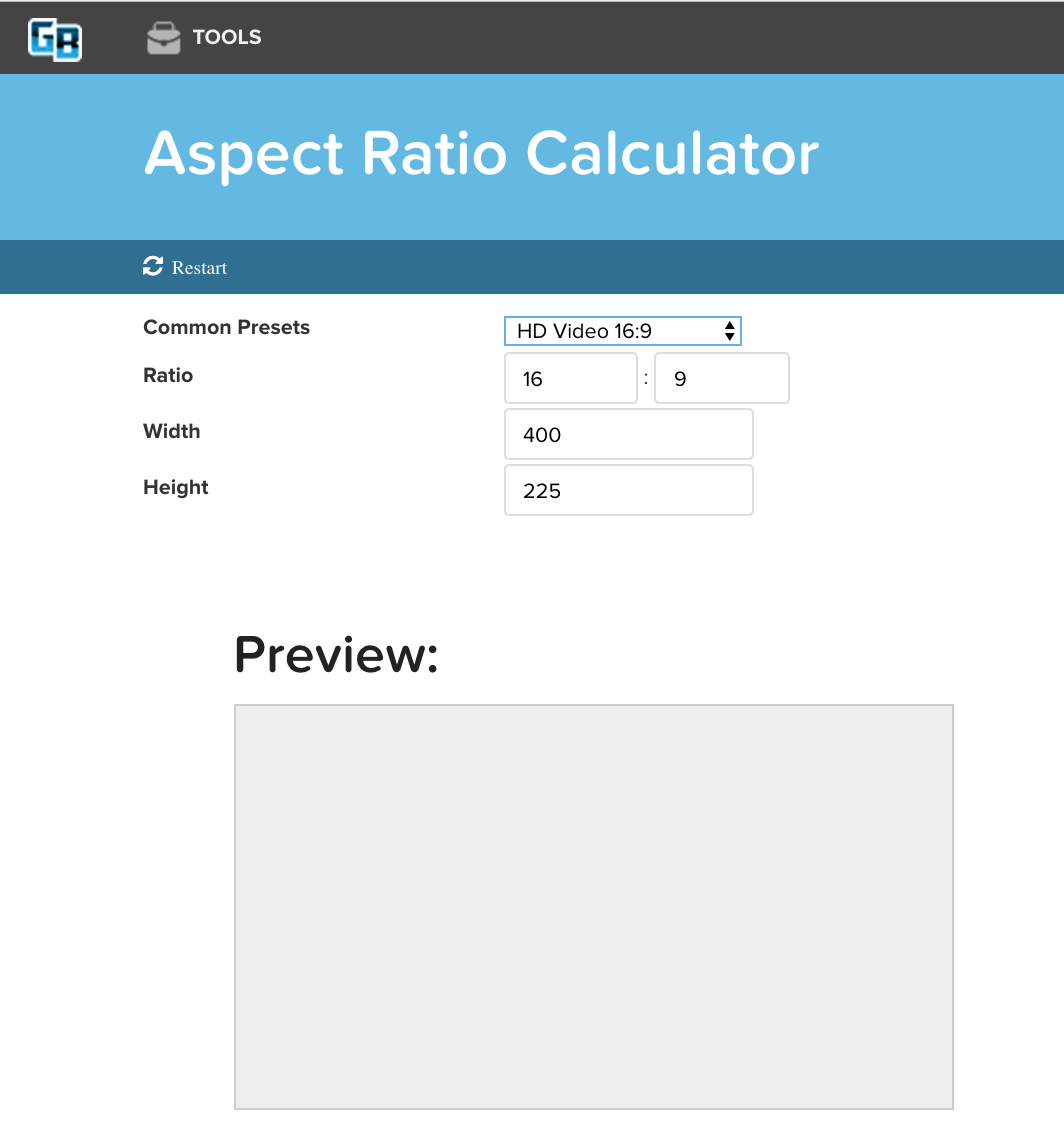
For example, a 4:3 aspect ratio consists of 4 equally sized units for its width and 3 equally sized units for its height. You can easily visualize any aspect ratio by assigning units to an image’s width and height. Some even prefer to express the aspect ratio as a decimal number followed by a colon and the number 1 such as 1.50:1. It can be expressed as a number followed by a colon followed by another number such as 3:2 or a decimal number such as 1.50 (long side divided by short side). In photography, aspect ratio represents the relationship between the width and height of an image. It is often used in movies to create a super cinematic feel.
#16 9 RESOLUTION CALCULATOR FULL#
Camcorders from this time have a 4:3 ratio and are slightly wider than one frame.ġ:1 is a full frame and is the aspect ratio of an Instagram or Facebook video.Ģ.4:1 is the ultra-widescreen or anamorphic aspect ratio. Many TVs and movies were produced in these proportions in the 4:3, 80s and 90s. A perfect 90 degree rotation of 16:9 video. The most common aspect ratios are 16:9 or 9:16, 4:3, 1:1 and 2.4:1.ġ6:9 is the standard widescreen aspect ratio we see everywhere on the web.ĩ:16 is the entire vertical video we watch on our phones. The aspect ratio is what your camera records, and most DSLRs record in a 16:9 aspect ratio. Here are some examples: 1:1, 16:9 and 4:3. It is the proportional relationship between the width and height of a video. Each extra bit directly relates to a doubling of the measurement resolution.The aspect ratio is a number that covers how wide your video is. If you had 3 bit device there would be 8 possible values, therefore the resolution would be 1:8 or 12.5% which twice as good as the 2 bit device. So in this case the resolution would be 1:4 or 25% since it is not possible to discern a value of less than 25% of the range. Therefore if you had a 2 bit device it would provide 4 possible values 00, 01, 10 or 11. The number 2 is used because each bit has a possibility of 2 values 0 or 1. To calculate the number of discreet values or amount of steps that the 0-10Vdc output can be increment by, you would multiply 2 by itself as many times as there are bits. For example a 12 bit DAC (digital to analogue converter) will convert a digital value into an analogue signal such as 0 to 10 volts dc. The number of bits that I device can handle tells signifies the maximum possible number of discreet values that can be determined over a range of measurement. How does the number of bits relate directly to measurement resolution? For example a 12 bit number would be 12 digits long with each digital being a 0 or 1. FAQs What is a bit?Ī bit is number which uses a Base one numbering systems more commonly known as a binary number, and it can have the value of 0 or 1. This calculated by dividing one by the number of step s, or 1/step s. This represents the minimum fraction of the device range that can be measured. This is calculated by dividing one million by the number of steps, or 1000000/step s.

The smallest possible difference in values that can be measured, if compared to a scale of 0 to 1,000,000. This is calculated by dividing one hundred by the number of step s, or 100/steps. The minimum possible proportion expressed as a percentage of the available range that can be measured. The maximum number of discreet values or divisions that it is possible to produce from the selected number of bits. a 2 bit ADC would measure 4 separate values, whereas a 2 bit DAQ would divide the output into 3 divisions. One method is R = 2 n and the other is R = 2 n – 1, the former determines the number of discreet digital values and the latter the number of divisions between each discreet value.

Two methods are used to determine the resolution of digital measurement devices such as digital to analog converters or analog to digital converters. Select the number of bits specified for the microprocessor, digital to analog converter or analog to digital converter for which you wish to determine the measurement resolution. This bit to measurement resolution converter will calculate the reading resolution of a digital measurement device and display the answer in number of steps, percentage of full span, parts per million and decimal ratio. How does the number of bits relate directly to measurement resolution?.


 0 kommentar(er)
0 kommentar(er)
